A fortnight before his exhibition is due to open at Thomas Dane Gallery (11 June), I meet the artist Phillip King in his studio and quite literally walk into one of his sculptures. It hasn’t got a title yet: ‘Things are beginning to come together’, he explains, ‘we’re still working out what will actually go into the show’. We take a tour of the place, a beautiful old stamp factory in north London, stopping to look at the miniatures he makes before deciding to execute a particular large-scale piece. Later, we sit down opposite an electric fan heater, in a room in which every possible surface is covered with King’s sculptures (big and small, finished and unfinished) to talk colour, steel and glitter.
Grace Banks: This is your first show with Thomas Dane Gallery, and you also have an exhibition at Ranelagh Gardens – they’re your first in England in a while.
Phillip King: Thomas Dane Gallery has represented me for less than a year, and they’re great – going through my archives and organising my work. They’re good advisors. The show at their gallery will include work from Taiwan, made during a residency. I was there for a couple of months on three different occasions. I made 11 pieces, all very large and heavy with colour: it was wonderful to be able to use steel on that scale.
GB: You’ve worked with steel for a long time
PK: Yes I have, but I’ve never worked with it like this. I had my own factory at one point: I had an overhead crane in my studio in Kent.
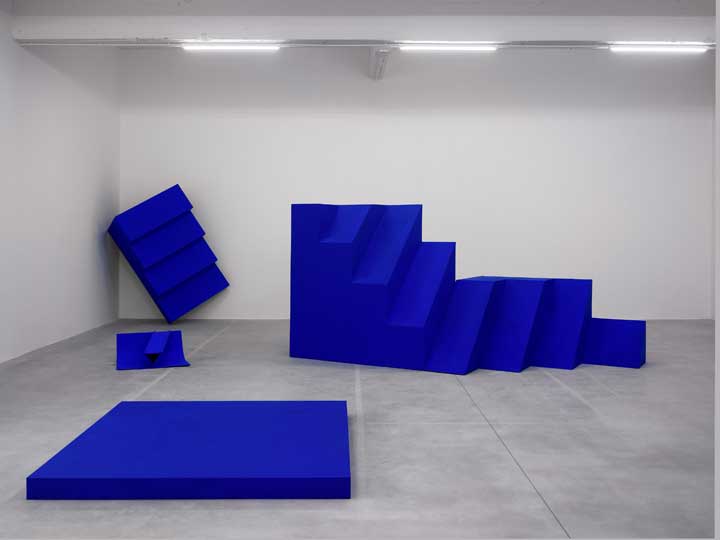
Blue Blaze (1967), Phillip King. Installation view: Phillip King at Le Consortium, Dijon, 2013. Courtesy the artist and Thomas Dane Gallery
GB: Have you tried as much as possible to make the pieces yourself?
PK: Yes, usually. In Taiwan I directed. I wasn’t allowed to do much of the work because it’s so dangerous: for security reasons they didn’t want me to handle the steel. But I had lots of people working for me on it, it was a wonderful experience.
GB: You must have become practiced at designing for that size and scale: it’s almost mathematical…
PK: Yes, it was a challenge. I was discouraged from using curves. I did anyway – I’ve been using curves for a long time. But the piece I showed you downstairs doesn’t have curves, I was confined to using steel plates, and I’m actually happy with how it’s come out. I’ve called it Sky High and Bling. ‘Bling’ comes into it because there’s a sort of tubing that supports the structure, and it’s covered in fake diamonds. About 5,000 of them – £300 worth of fake diamonds!
GB: Where did that idea come from?
PK: I didn’t want the tubing, but they said ‘oh you have to or it’s dangerous’, which I don’t think is true. So I accepted it and decided to cover it in diamonds. I bought them from a shop in London.
GB: I’m surprised, this doesn’t seem like a diamond-encrusted studio…
PK: Well I thought – why not? I’ve been using glitter on small-scale pieces and diamonds reflect the light; I like that.
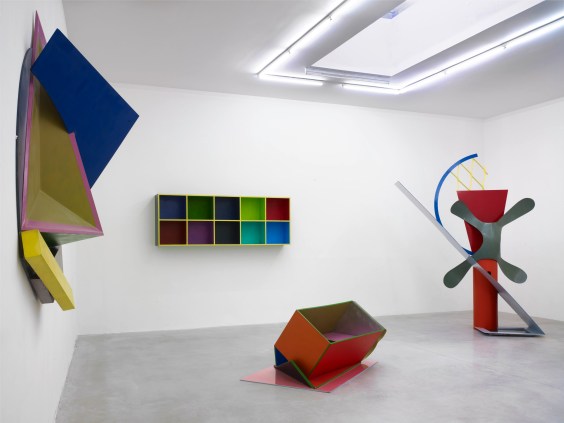
Installation view: Phillip King at Le Consortium, Dijon, 2013. Courtesy the artist and Thomas Dane Gallery
GB: Are most of the pieces in this show from your residency in Taiwan?
PK: About six or seven, the rest are other large pieces I have. There’s some slate work in there that goes back to the 1980s. A lot of my retrospectives have focused on the 1960s…
GB: Have the materials you use changed much?
PK: I’ve always used wood and fiberglass, and I’m very interested in bamboo now. Foam PVC is something I recently discovered. I found it in a skip, right at the bottom – I thought, ‘it’s light and strong’, I took it to the builders and they didn’t know what it was. I ordered a whole load online, from Dubai funnily enough. It’s made in Oman.
GB: You’ve been working with neon lights recently.
Yes, but it has its limitations.
GB: And what about texture?
PK: Texture is important. When I was younger I started playing with clay and sand, and I used sand some years later in my adult life. I mixed sand with tar. And in Japan, the Zen gardens are wonderful: so exciting to visit.
There are some materials that take me a while to get to the bottom of. A new love is Japanese paper: it’s as strong as steel and they make armour from it. But when you put it in water it goes soft and you can shape it. I spend a lot of time experimenting with texture. Materials are often what inspire me to do my work.
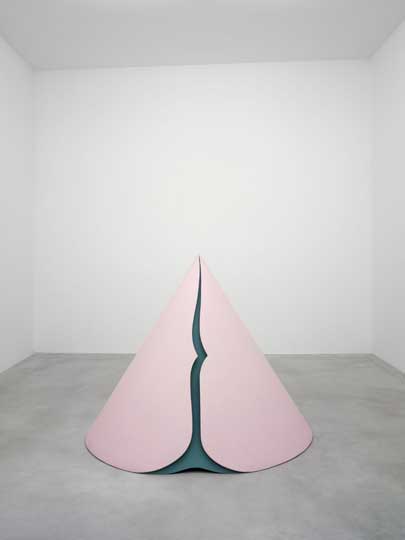
Rosebud (1962), Phillip King. Installation view: Phillip King at Le Consortium, Dijon, 2013. Courtesy the artist and Thomas Dane Gallery
GB: Is colour a theme too?
PK: Yes, it was in 1962 with Rosebud that I first used colour. I find the process of using colour always exciting, challenging and different. Once I had a sculpture and I couldn’t get the colour right. By the end I had about 20 coats of paint on it – it was like an Impressionist piece.
GB: Going back to the materials you use – is innovation important to you?
PK: If something is new in my work and developing I know it instinctively, if it doesn’t obey the rules I usually follow. If it breaks fresh ground in some way, it’s exciting. I mean, I call sculpture the art of the invisible – because it’s below the surface, you can’t see what’s going on. The sculptor is the one who has to understand the inside.
‘Phillip King’ is at Thomas Dane Gallery from 11 June–26 July.
Unlimited access from just $16 every 3 months
Subscribe to get unlimited and exclusive access to the top art stories, interviews and exhibition reviews.

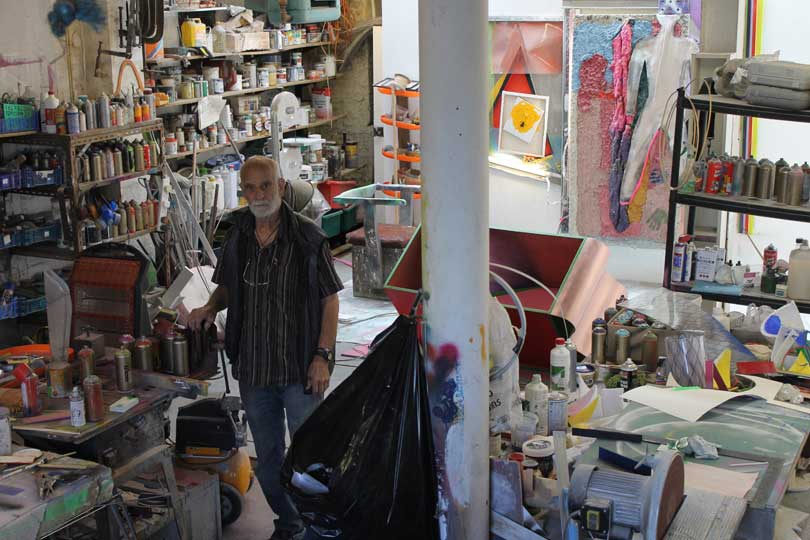
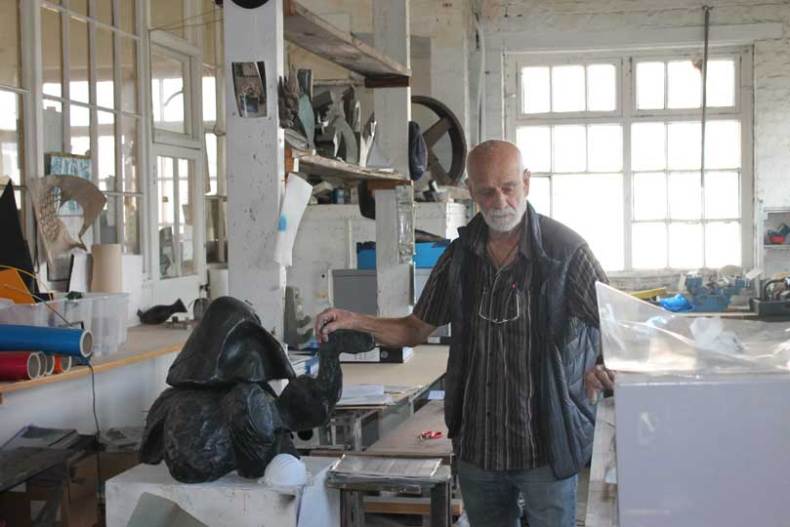
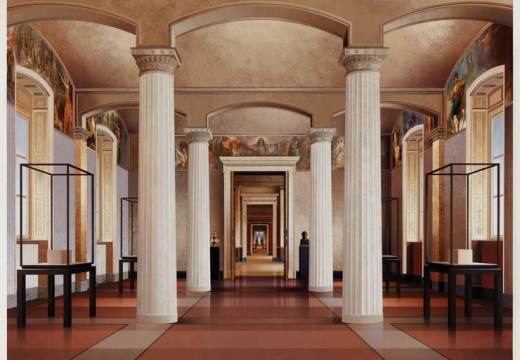
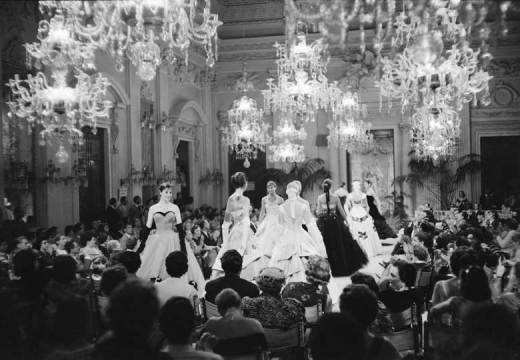
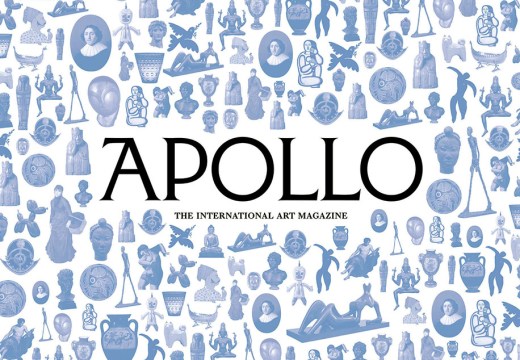









![Masterpiece [Re]discovery 2022. Photo: Ben Fisher Photography, courtesy of Masterpiece London](http://www.apollo-magazine.com/wp-content/uploads/2022/07/MPL2022_4263.jpg)
It’s time for the government of London to return to its rightful home